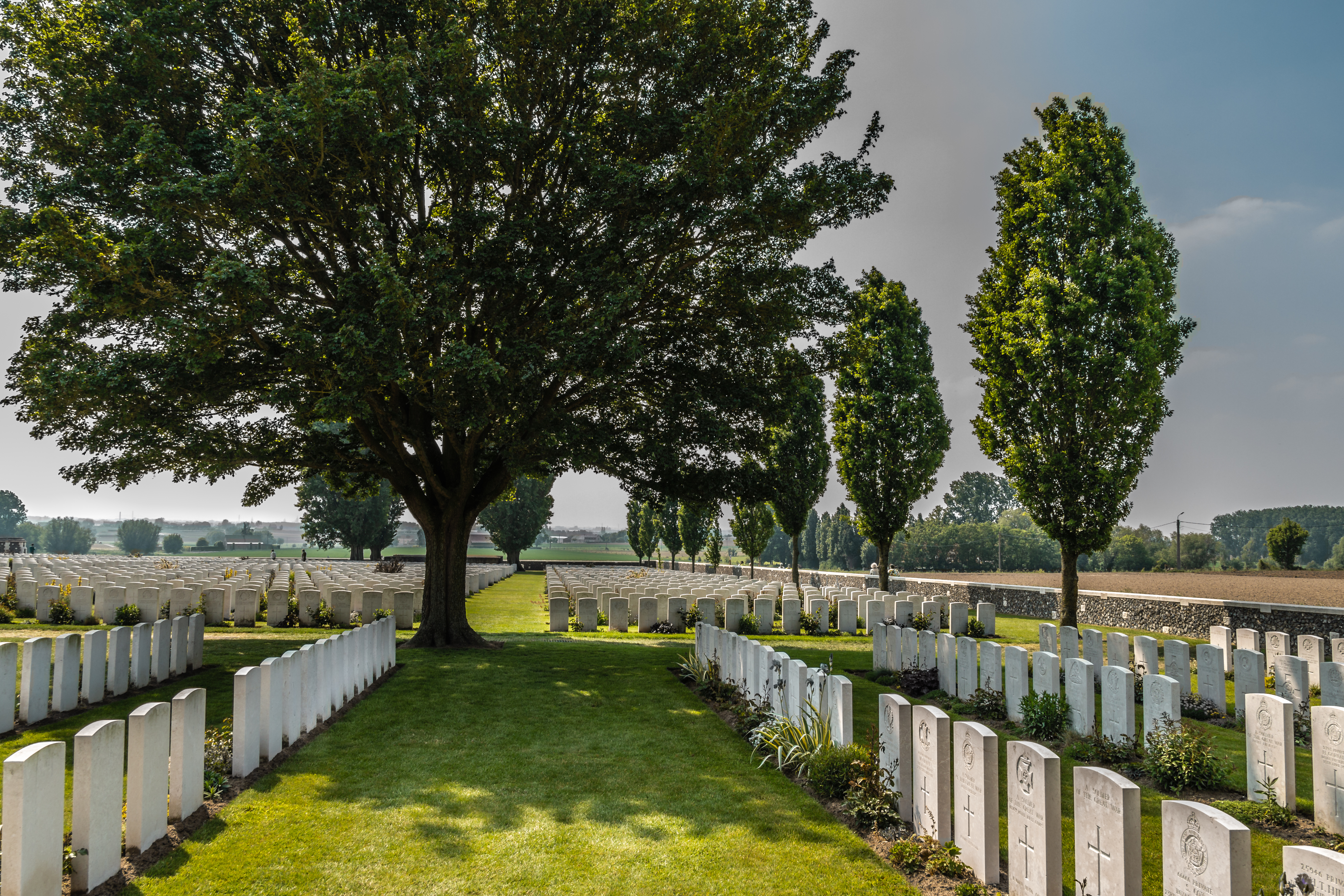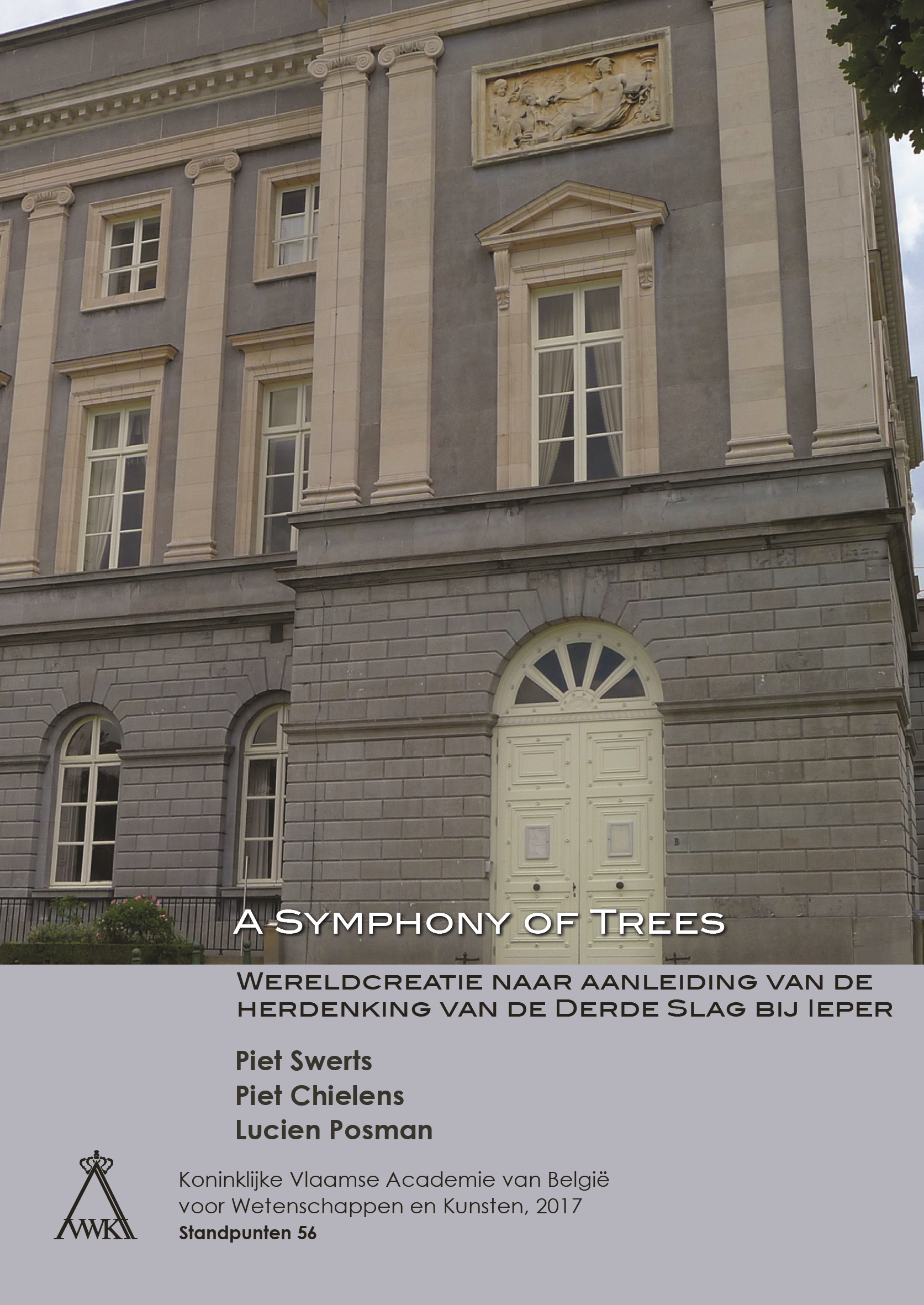Symphony of Trees

As an artist, one questions one’s own role, particularly when commissioned to create a commemorative work for the centenary of the First World War. What added contribution can a composer of the post-war generations make?
The metaphor of trees — commemorative trees or trees of memory — forms the basis of Piet Swerts’ composition A Symphony of Trees, a whole-evening programme dedicated to the memory of war poet, soldier and composer Ivor Gurney (1890-1937) and to Ypres, a town destroyed in and rebuilt after the Great War.
Piet Chielens describes the context in which Gurney’s poems arose. His
descriptions of snapped trees in the ravaged landscapes of Flanders and
northern France are metaphoric of the destruction of humanity and
nature, and also pay fitting homage to Gurney. Gurney’s texts are full
of encoded references and associations inextricably bound up with who he
was as a man, a poet and a composer. His ‘Ypres poems’, numbering more
than fifty, allude either specifically or in a much more generalised
sense to the Great War, even though far from all of them were written
during the War. They actually date from three distinct periods: some
were written in wartime, some during his ‘good’ years from early 1919 to
September 1922, and the last batch during his institutionalisation. Five
of the seven Ivor Gurney poems that are included in A Symphony of Trees
form part of the ‘Ypres poems’ collection, an imaginary classification.
Piet
Swerts describes how the composition came into being, and provides quite
a detailed musical analysis of the work. The 138 commemorative trees
planted at Ypres in spring 2015 symbolise the front line, yet they also
connote the numerical symbolism which came to form the heart of the
entire process of composition of Swerts’ work.
In an epilogue reviewing the work, Lucien Posman muses upon the reception of this creation and also upon the cultural climate of the last few decades: an age in which Piet Swerts and his fellow composers have been able to develop artistically thanks to a clutch of supportive policy initiatives in the Flemish educational and cultural realms. Posman’s key recommendation is the development of a structural network of ‘playgrounds’ with low running costs, to serve as conducive environments to the growth and maturation of the younger generation of composers and performance musicians. Another of the recommendations is that the tradition of commissioned works be restored.
Available documents
Author
-
Piet Swerts
-
Piet Chielens
-
Lucien Posman


